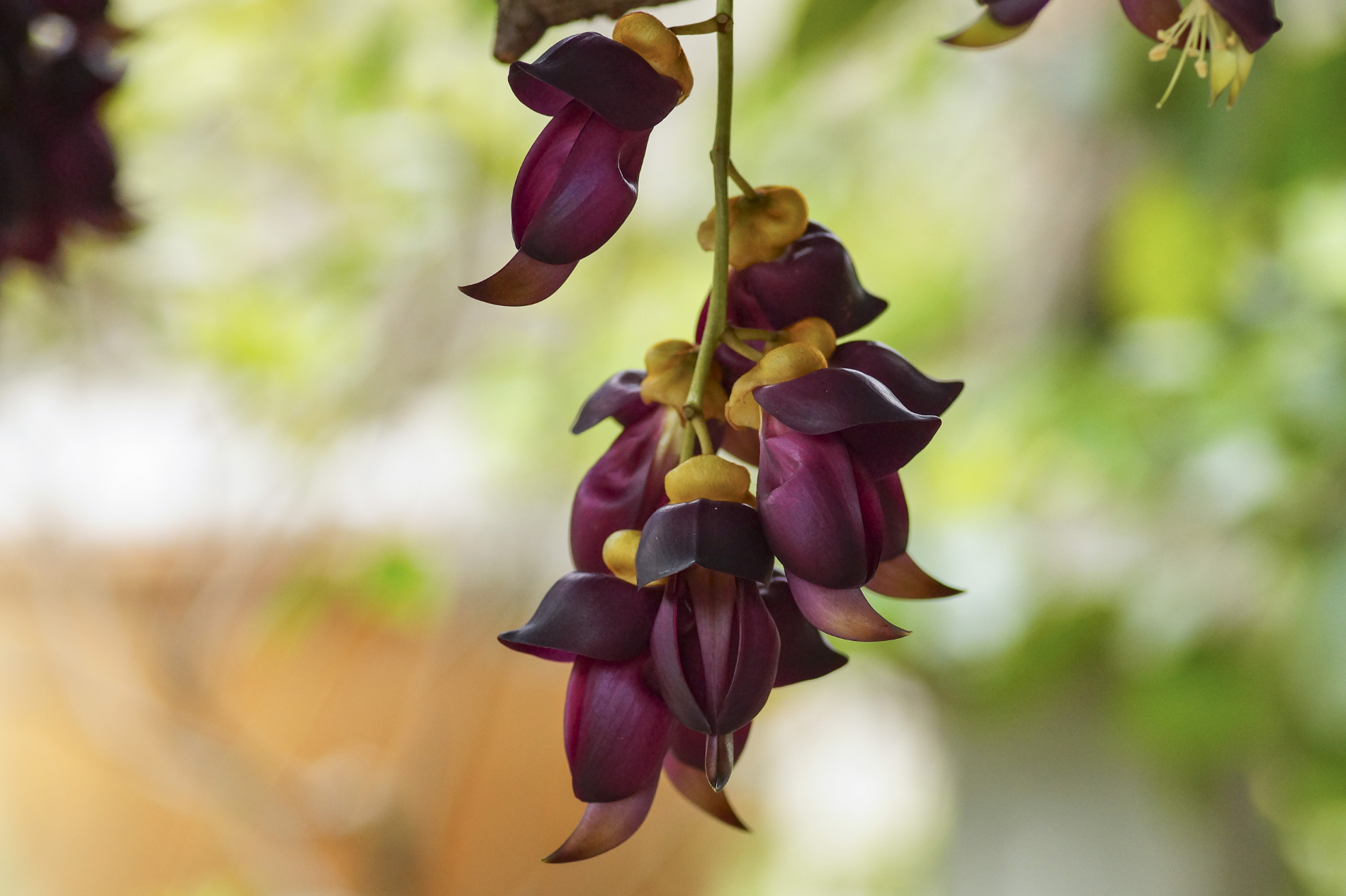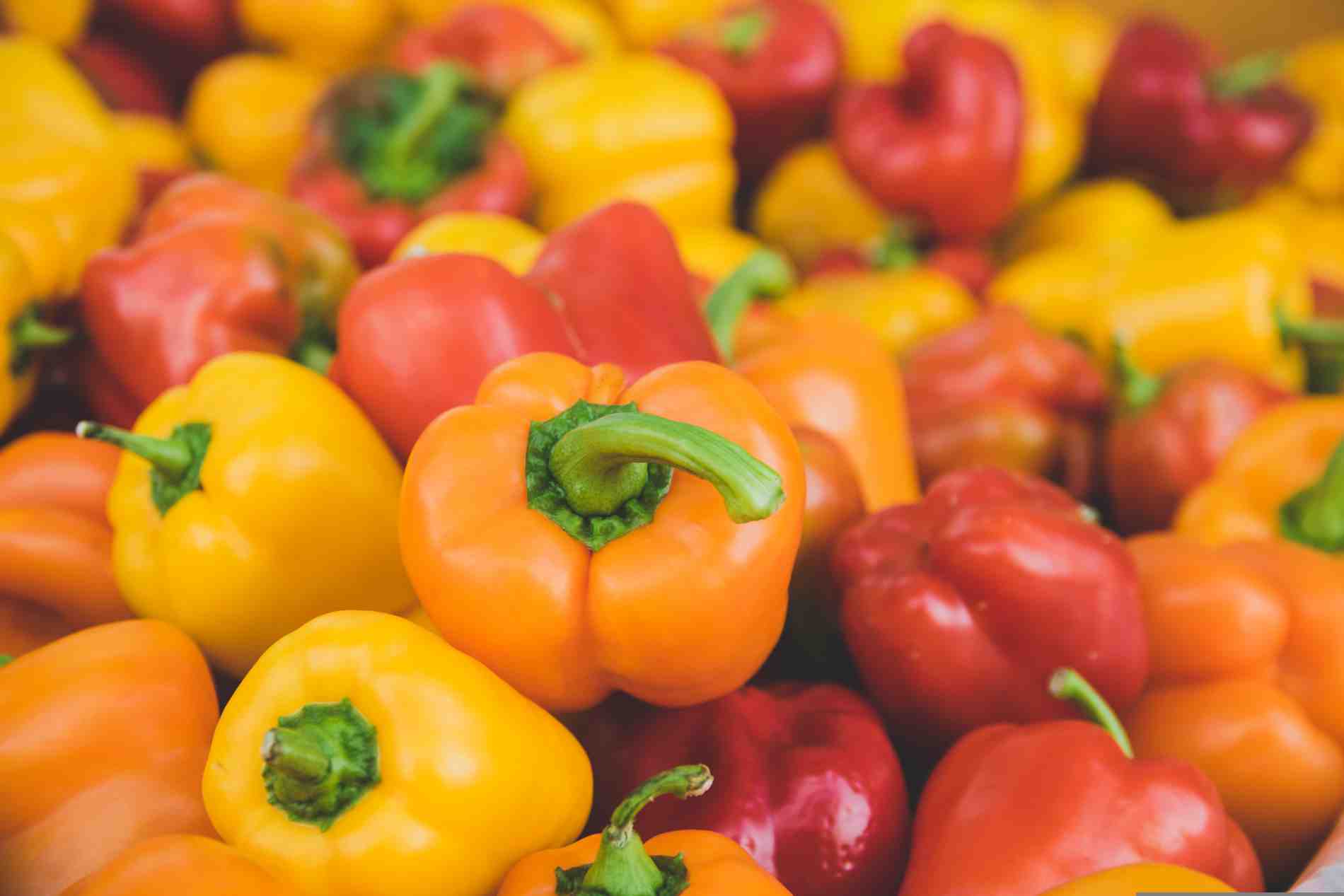Discovery and origin
The yellow gentian (Gentiana lutea) is an impressive medicinal plant that has been valued in naturopathy for centuries. Its discovery and use go far back into history. Originally, the yellow gentian comes from the mountainous regions of Europe, especially the Alps, the Pyrenees and the Carpathians. Historical records show that the plant was already used in ancient times to alleviate a wide range of ailments. The name gentian is derived from the Illyrian King Gentius, who recognized the healing properties of the plant and used it to treat fevers.
Dosage forms and dosage
Yellow gentian can be taken in various ways. The root is most commonly used as it contains the highest concentration of active ingredients. It can be taken in the form of tea, tincture, powder or tablets.
- Tea: To make gentian tea, pour 250 ml of hot water over a teaspoon of dried gentian root and leave to infuse for around 10 minutes. The tea should be drunk up to three times a day before meals.
- Tinctures: Gentian tincture is usually taken three times a day. The recommended dosage is about 10 to 20 drops in a little water.
- Powder: Gentian root powder can be taken in capsules. The usual dosage is 500 mg to 1 g, also three times a day.
- Tablets: Ready-made preparations with standardized dosages are also available and are dosed according to the manufacturer’s instructions.
The Yellow gentian: healing effect
Yellow gentian is used in naturopathy for a variety of illnesses and complaints:
- Digestive complaints: Yellow gentian stimulates the production of stomach acid and digestive enzymes and is therefore an effective remedy for gastrointestinal complaints such as flatulence, bloating and indigestion.
- Loss of appetite: Due to its bitter substances, yellow gentian stimulates the appetite, which can be particularly helpful for convalescents and people with eating disorders.
- Fever and infections: In the past, yellow gentian was used to treat fevers. Its antibacterial and anti-inflammatory properties can help with mild infections.
- Liver and gallbladder complaints: Yellow gentian supports liver function and bile production, helping with liver problems and gallstones.
How it works in the body
The active ingredients of yellow gentian, including bitter substances such as gentiopicroside and amarogentin, mainly act by stimulating the bitter receptors in the mouth. This stimulation leads to an increased release of digestive juices, which improves digestion overall. The bitter substances also promote blood circulation in the stomach and intestinal mucosa and have an anti-inflammatory effect.
Yellow gentian: application
Yellow gentian should mainly be taken before meals to aid digestion and stimulate the appetite. If you have digestive problems, it may be useful to take it regularly over several weeks. Taking yellow gentian can also be beneficial during periods of increased stress on the digestive system, such as after a feast or when traveling.
Contraindications and precautions
Yellow gentian is not suitable for everyone. People with:
- Stomach ulcer
- Gastritis
- Hypersensitivity to bitter substances
should avoid the plant, as the stimulation of stomach acid production can aggravate the symptoms. Pregnant and breastfeeding women should also consult their doctor before taking it.
Yellow gentian: dietary supplements and medicinal plants
The following dietary supplements and medicinal plants can be combined to support the effect of yellow gentian:
- Milk thistle: Supports liver function and can be helpful together with yellow gentian for liver complaints.
- Artichoke extract: Also promotes digestion and bile production.
- Ginger: Calms the stomach and can relieve flatulence and nausea.
Foods rich in gentian
Yellow gentian itself is not used in food, but its extracts can be found in special herbal bitter liqueurs and digestive tinctures, which are drunk as an aperitif or digestif.
Side effects and overdose
Possible side effects of yellow gentian include stomach complaints, nausea and headaches. These usually occur with an overdose. Severe overdoses can lead to severe stomach irritation and vomiting. It is therefore important to stick to the recommended dosage and consult a specialist if in doubt.
Yellow gentian: Naturopathic applications
Yellow gentian is used in various forms of naturopathy, including Traditional European Medicine (TEM) and homeopathy. In TEM, the plant is mainly used to support digestion and strengthen the body. In homeopathy, Gentiana lutea is used for digestive disorders, weakness and convalescence.
Conclusion
Yellow gentian is a powerful natural remedy that can offer numerous health benefits when used correctly. Its wide range of applications and effective support of digestive functions make it a valuable component of naturopathy. However, it should always be used with caution and in accordance with individual health needs.




